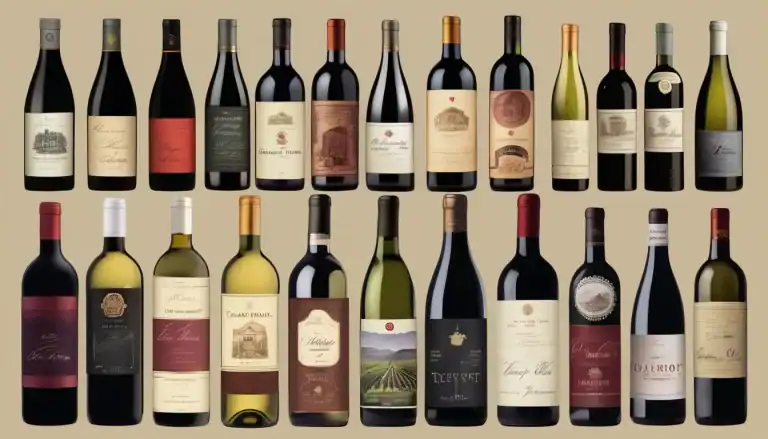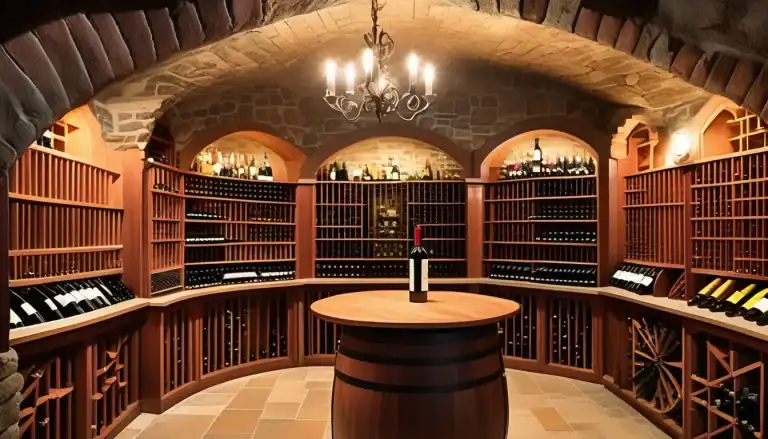As a wine and food enthusiast, I naturally desire to match my wines with suitable dishes. Now, selecting a suitable wine for cooking is an art rather than an exact science, and personal preferences also influence it. While we explore the guiding principles about “the best white wine for cooking,” please take everything you learn today with “a grain of salt” and practice and experiment to master this challenge your way.
In this spirit, I’m excited to share my expertise and personal experiences to inspire you for your future culinary creations. I hope you will enjoy our journey.
Welcome to Didi Somm, and Cheers!
Important Notice: The information in this article is for general and public information purposes only. It solely reflects Didi Somm’s or his Staff’s opinion, and no responsibility can be assumed for errors or omissions in the service’s contents. For details, please check the Disclaimer at the bottom of the homepage.
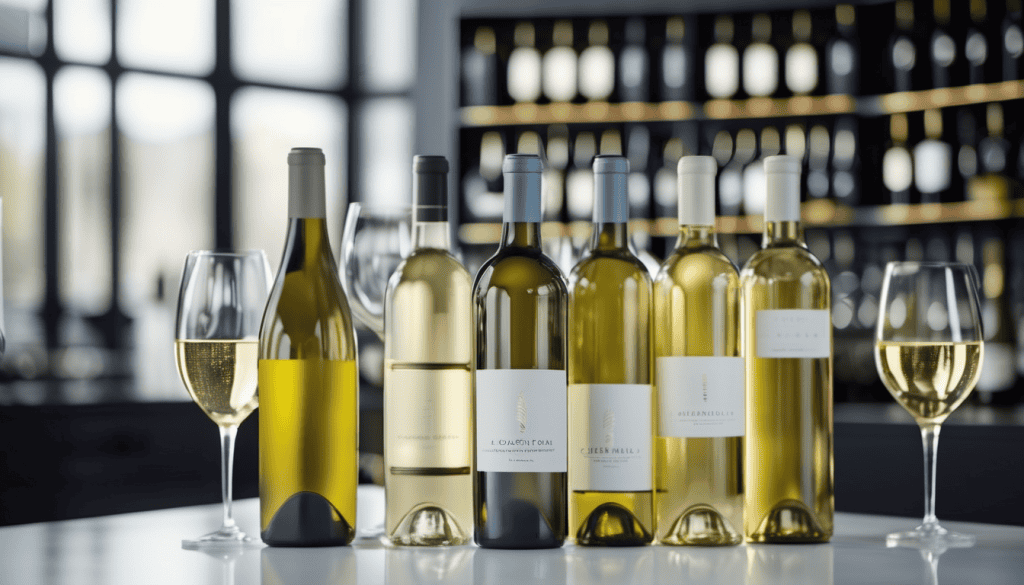
Main Takeaways
Understanding the Role of White Wine in Cooking
I remember the first time I added white wine to a pan sauce – the sizzle, the aroma, and how it transformed a simple chicken dish into something extraordinary. White wine is more than just an ingredient; it’s a flavor enhancer, a tenderizer, and a magical elixir that can take your cooking to new heights.
When used correctly, white wine adds acidity, depth, and complexity to dishes. It can help tenderize meat, deglaze a pan, and create a beautiful base for sauces. Fortified wine, such as Madeira, is also excellent for deglazing pans and adding depth of flavor to meat dishes. The key is knowing how to choose and use the right wine effectively.
The Characteristics of a Good Cooking Wine
In my experience, the best white wines for cooking share specific characteristics, which are:
A crisp white wine, such as Pinot Grigio, Sauvignon Blanc, or unoaked Chardonnay, is essential in cooking to elevate everyday dishes into special meals. These qualities ensure that the wine will enhance and support the taste of your dish without overpowering it or adding unwanted flavors.
Why Dry and Crisp Wines Work Best in the Kitchen
I learned this lesson the hard way when I once used a sweet Riesling in a seafood dish. The result was overly sweet and unbalanced. Dry, crisp wines work best because they add acidity without sweetness, which can help balance flavors and brighten a dish. Cooking lighter dishes such as poultry, pork, seafood, and vegetables with dry white wines can enhance their flavors.
Crisp wines also tend to have higher acidity, which is crucial in cooking. The acidity helps tenderize meat, balance rich flavors, and create a more complex taste profile in your dishes. Lighter dishes like chicken, pork, veal, seafood, shellfish, and vegetables particularly benefit from this added complexity.
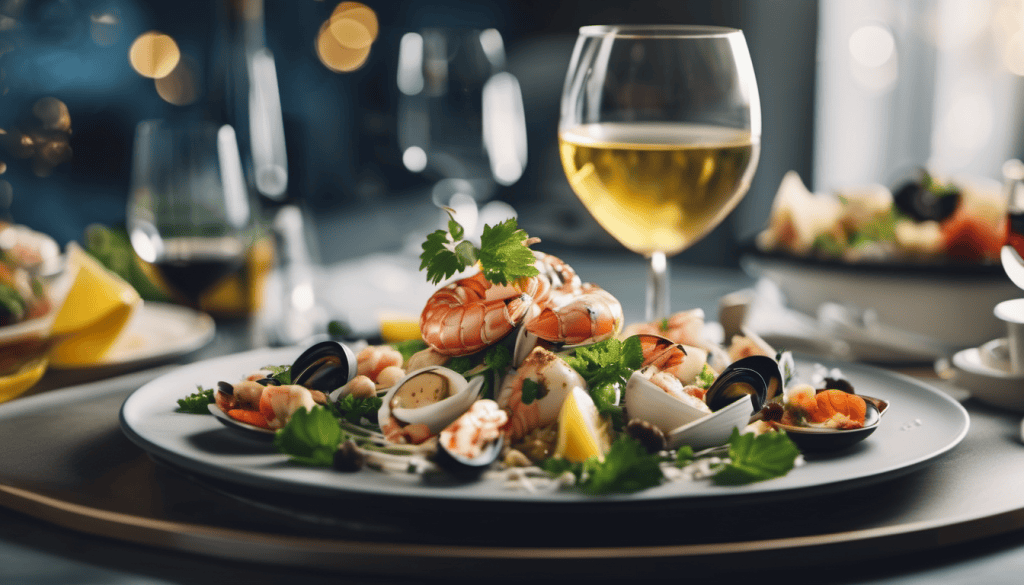
Top White Wines for Cooking: My Personal Favorites
Over the years, I’ve experimented with countless white wines in my cooking. Here are my top picks:
Sauvignon Blanc
Pinot Grigio
Dry Vermouth
Unoaked Chardonnay
Dry Riesling
Italian wine is essential for authentic flavor in recipes like chicken Marsala, seafood dishes, etc.. Marsala wine itself is also popular in cooking, especially for chicken Marsala and cream sauces.
Each of these wines brings something unique to the table, and I’ll share how I use them in different dishes.
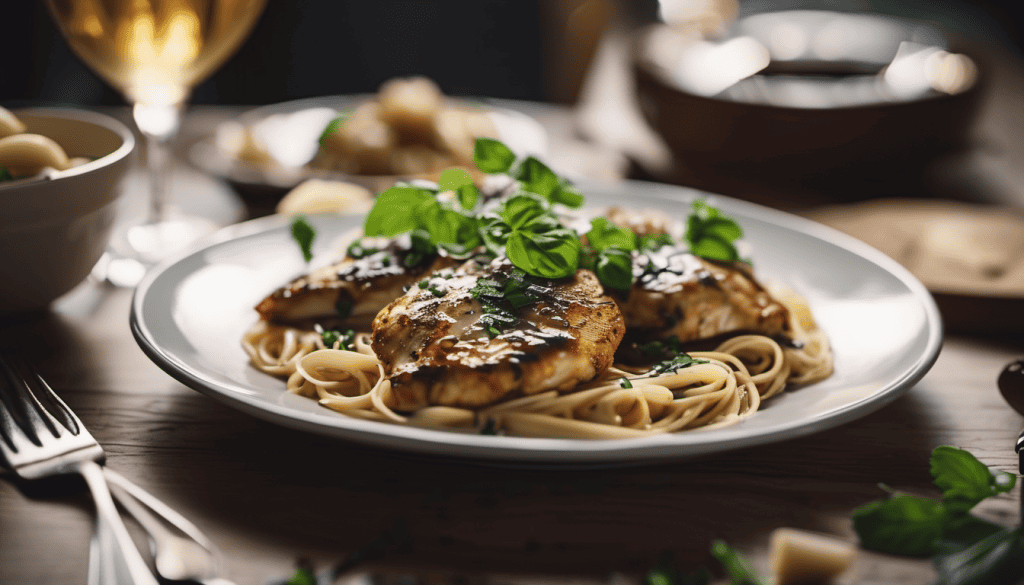
Sauvignon Blanc: The Versatile Workhorse
Sauvignon Blanc is my go-to white wine for cooking. Its bright acidity and herbal notes make it perfect for many dishes. I love using it in seafood recipes, light cream sauces, and some vinaigrettes.
One of my favorite ways to use Sauvignon Blanc is in a simple lemon-butter sauce for fish. The wine’s citrusy notes complement the lemon beautifully, creating a bright, flavorful sauce that elevates any seafood dish.
Pinot Grigio: The Subtle Enhancer
Pinot Grigio is another excellent choice for cooking, especially when you want a more subtle wine flavor. Its light, crisp character makes it ideal for delicate dishes like chicken or vegetable sautés.
I often use Pinot Grigio when making risotto. Its mild flavor doesn’t overpower the delicate rice and allows other ingredients to shine while still adding that essential touch of acidity.
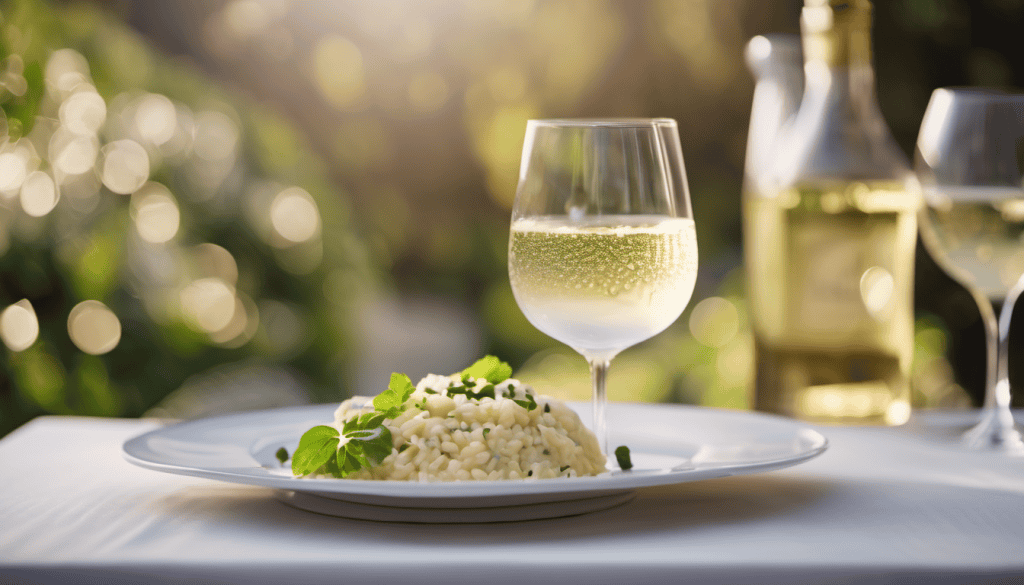
Dry Vermouth: The Secret Weapon
Dry Vermouth might seem unusual, but it’s a fantastic cooking ingredient. It’s fortified with herbs and spices, which can add an extra layer of flavor to your dishes.
I always keep a bottle of dry vermouth in my kitchen. It’s perfect for deglazing pans, adding depth to sauces, and even substituting white wine in recipes. Plus, it has a longer shelf life than regular wine, making it a practical choice for occasional cooks.
Unoaked Chardonnay: The Buttery Alternative
While oaked Chardonnays can be too heavy for cooking, unoaked versions can work well in certain dishes. I like to use unoaked Chardonnay in creamy sauces or dishes with rich, buttery flavors.
One of my favorite applications is in a classic chicken fricassee. The wine’s subtle buttery notes complement the creamy sauce beautifully, creating a luxurious dish that will impress. Unoaked Chardonnay works wonderfully in a cream sauce for dishes like tarragon chicken or creamy seafood chowder.
Dry Riesling: The Unexpected Hero
Many people associate Riesling with sweetness, but dry Rieslings can be excellent for cooking. They offer a unique flavor profile with hints of stone fruit and mineral notes.
I love using dry Riesling in Asian-inspired dishes. Its slight fruitiness pairs wonderfully with ginger, soy sauce, and other bold flavors commonly found in Asian cuisine.
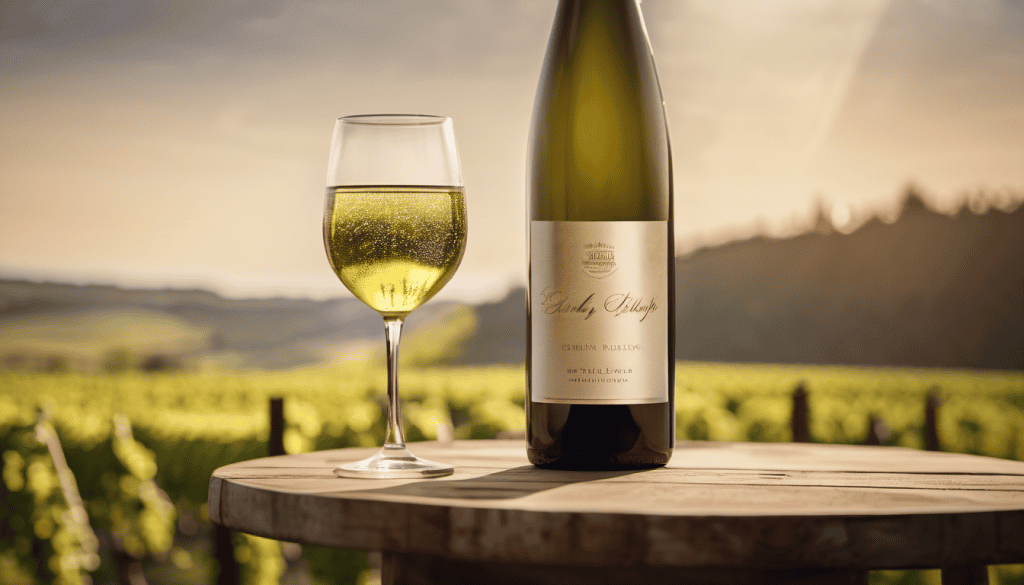
The Science Behind Cooking with Wine
Understanding what happens to wine when you cook with it can help you use it more effectively. When wine is heated, the alcohol evaporates, concentrating the flavors. This is why it’s essential not to use expensive wines for cooking – many subtle nuances will be lost in the cooking process.
However, the wine’s acids, sugars, and other compounds remain, infusing your dish with flavor. This is why even a tiny amount of wine can significantly impact the taste of your food.
If you would like to learn more about cooking with “red wine,” please click on the following link: Best Red Wine For Cooking – All You Need To Know
Making the Most of Your Wine: Tips and Tricks
Over the years, I’ve developed some strategies to make the most of the wine I use in cooking:
Exploring Alternative Options
Sometimes, you might not have wine on hand or prefer not to use it. Here are some alternatives I’ve found effective:
Enhancing Flavors: White Wine in Action
Let me share a few of my favorite ways to use white wine in cooking:
FAQ – Best White Wine For Cooking
1. Can I use sweet white wine for cooking?
Avoid sweet wines, as they can make your dish overly sweet. Stick to dry wines for most cooking applications.
2. How long does opened wine last for cooking?
For best results, use opened wine within 3-5 days. You can extend this by storing it in the refrigerator.
3. Can I use cooking wine instead of regular wine?
I don’t recommend it. Cooking wines often contain additives and salt. Regular wine will give you better flavor.
4. How much alcohol is left after cooking with wine?
Most alcohol evaporates during cooking, but small amounts may remain depending on the cooking method and time.
5. Can I use white wine instead of red wine in recipes?
Sometimes, it will change the flavor profile. Sticking to the type of wine specified in the recipe is best.
6. What’s the difference between cooking with wine and adding it at the end?
Cooking with wine allows the flavors to meld and concentrate. Adding it at the end provides a fresher, more pronounced wine flavor with some residual alcohol.
7. Can I use sparkling wine for cooking?
Yes, but let it go “flat” first. The bubbles can cause splattering when heated.
8. How much wine should I use when cooking?
Follow your recipe, but generally, a little goes a long way. Start with less; you can always add more.
9. Can I use white wine in desserts?
Absolutely! White wine can add complexity to fruit-based desserts or sauces.
10. Is it necessary to use expensive wine for cooking?
No, save your expensive wines for drinking. Any decent, drinkable wine will work for cooking.
11. Can I use white wine in meat dishes?
White wine works well with poultry, pork, and some beef dishes.
12. How does white wine affect the texture of food?
Wine can help tenderize the meat and add moisture to dishes.
13. Can I use white wine in vegetarian cooking?
Absolutely! It’s great for adding depth to vegetable dishes and sauces.
14. What’s the best white wine for making a butter sauce?
I prefer Sauvignon Blanc or unoaked Chardonnay for butter sauces.
15. Can I use white wine in slow cooker recipes?
Yes, but use it sparingly as the flavors concentrate over long cooking times.
Conclusion
Cooking with white wine is an art that can transform your culinary creations. By choosing the best matching wine and understanding how to use it, you can add depth, complexity, and that “je ne sais quoi” (I don’t know what) to your dishes.
Remember, the best white wine for cooking complements and supports the taste of your dish without overpowering it. Finally, I encourage you to experiment and find your favorite “best white wine for cooking” and matching food combinations.
Enjoy your cooking journey and Cheers!
For your reference, the latest articles by Didi Somm include:
- How Much Does a Bottle of Wine Weigh? – Find Out Here
- What Does Wine Taste Like? – Find Out Here
- Expert Talk: Wine Bottle Sizes – All You Should Know
- What is a Sweet Wine? – 7 Expert Insights
- Wine Fridge vs Regular Fridge: Best Advice for You
- Port Wine – Expert Guide: Discover its Rich History and Flavors
Important Notice: The information in this article is for general and public information purposes only. It solely reflects Didi Somm’s or his Staff’s opinion, and no responsibility can be assumed for errors or omissions in the Service’s contents – for details, please check the Disclaimer at the bottom of the homepage.


